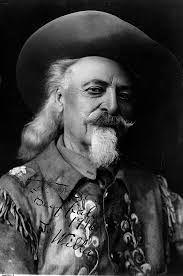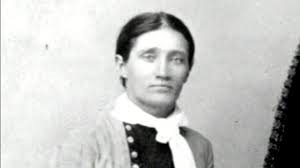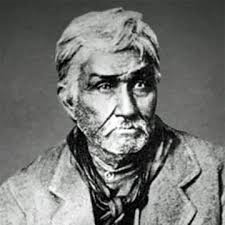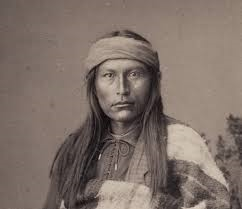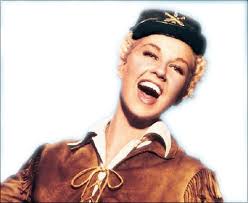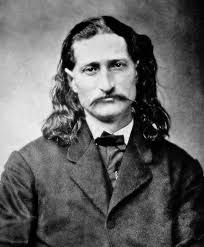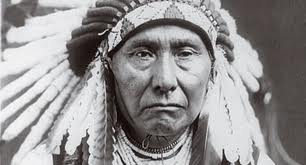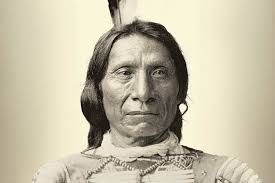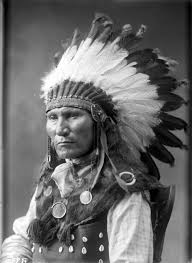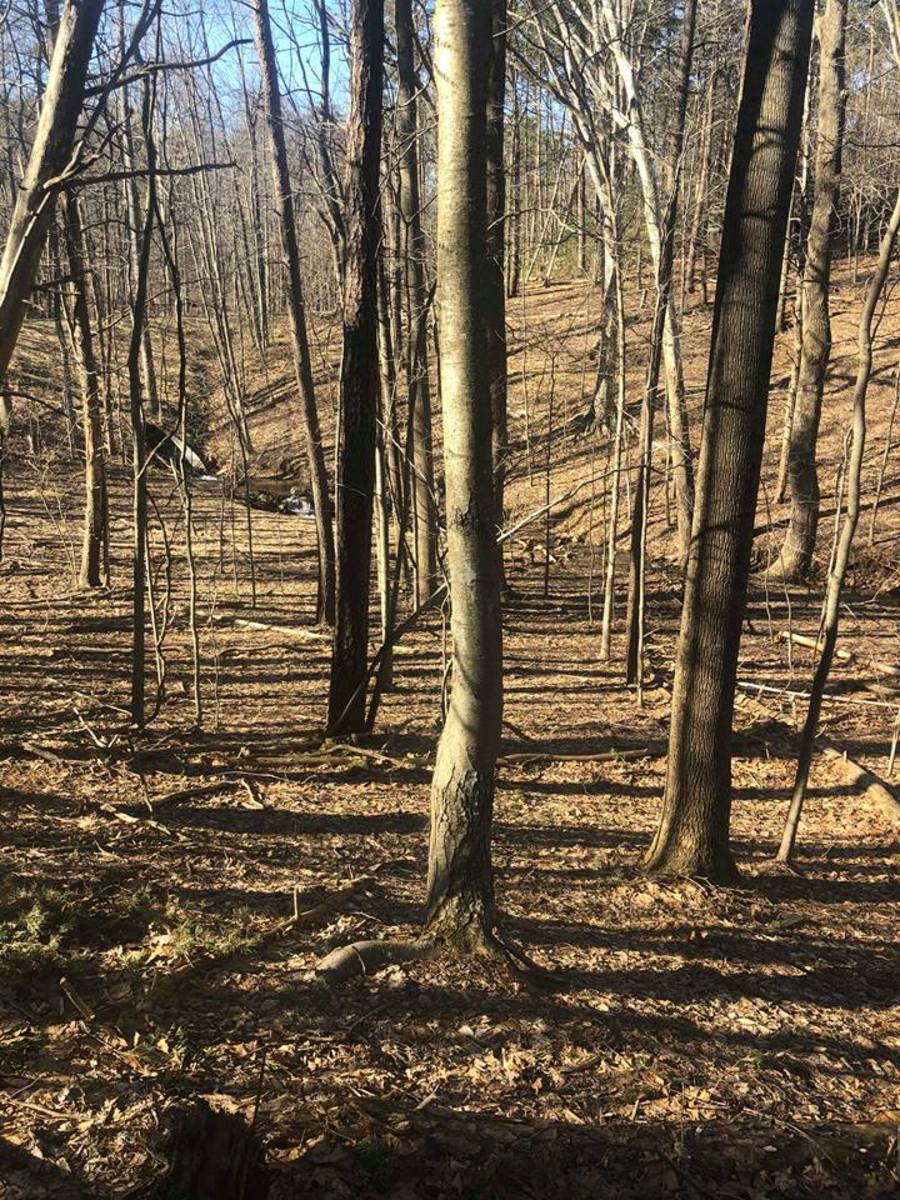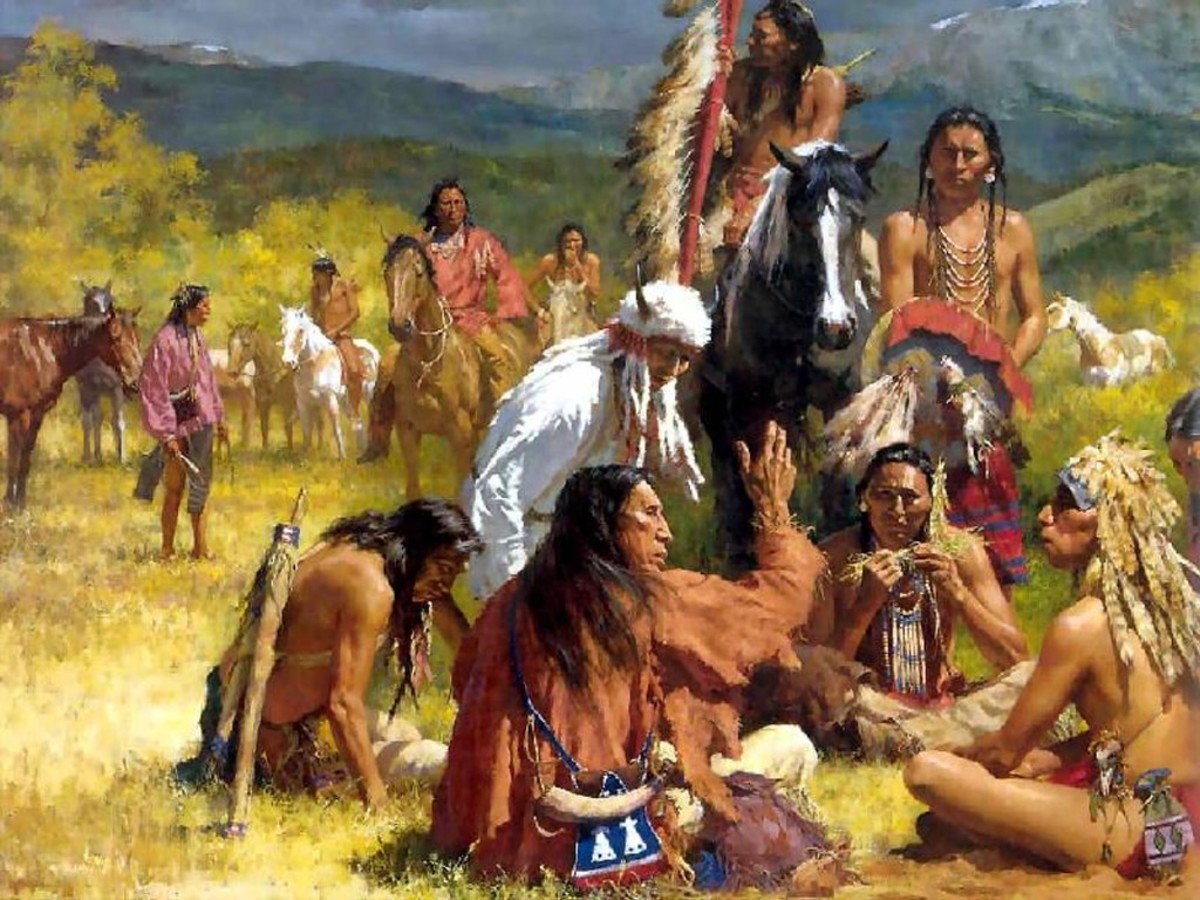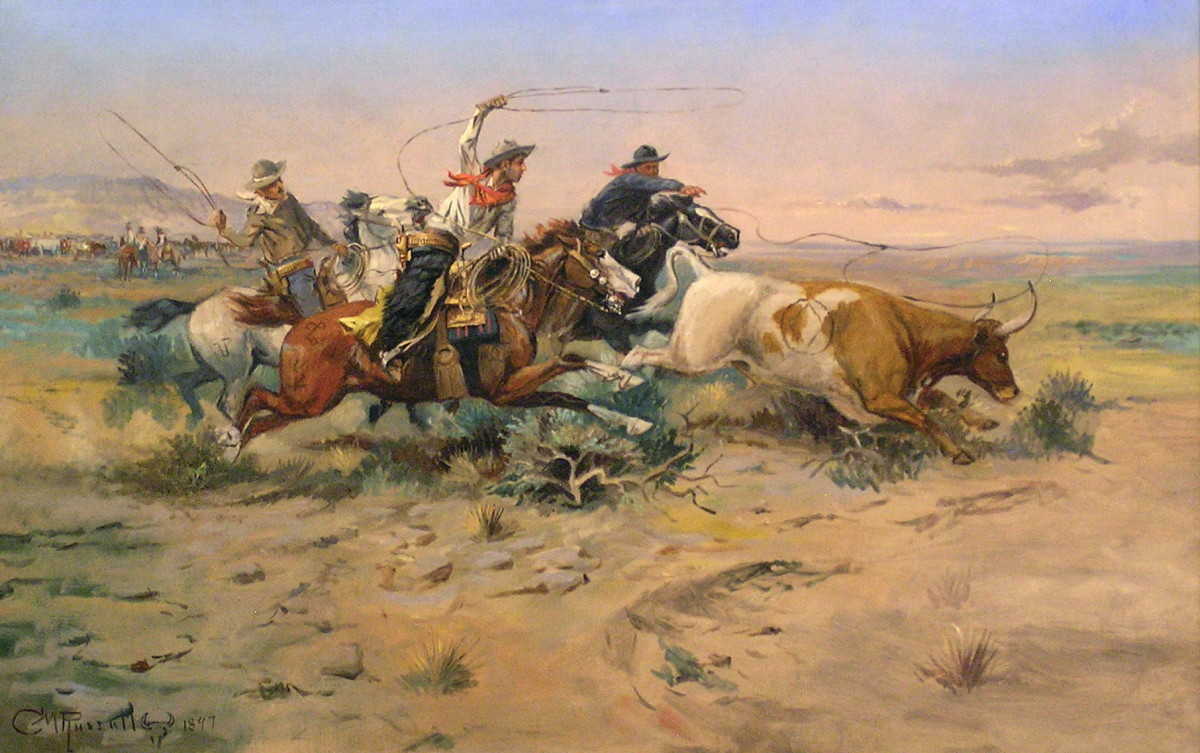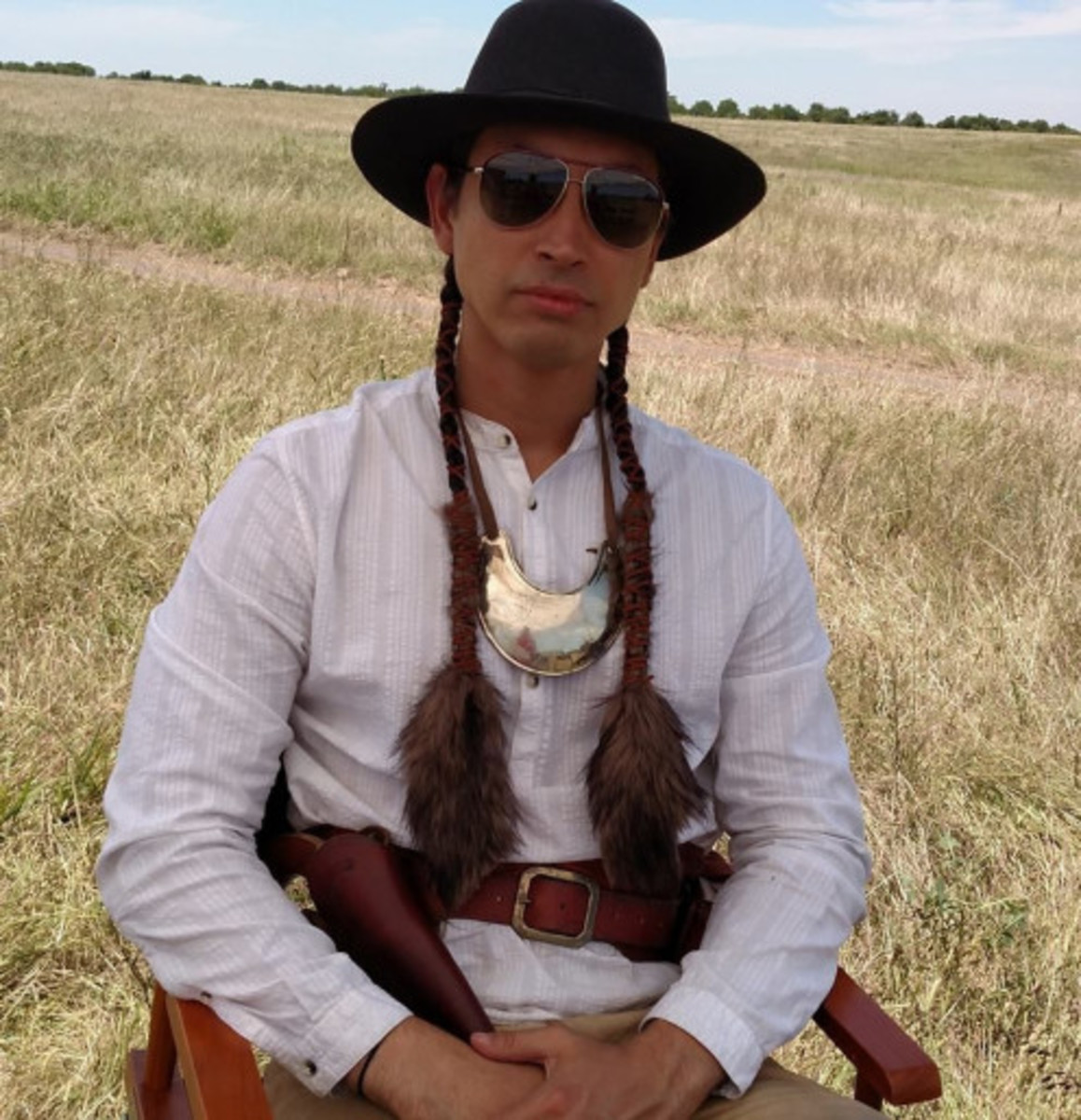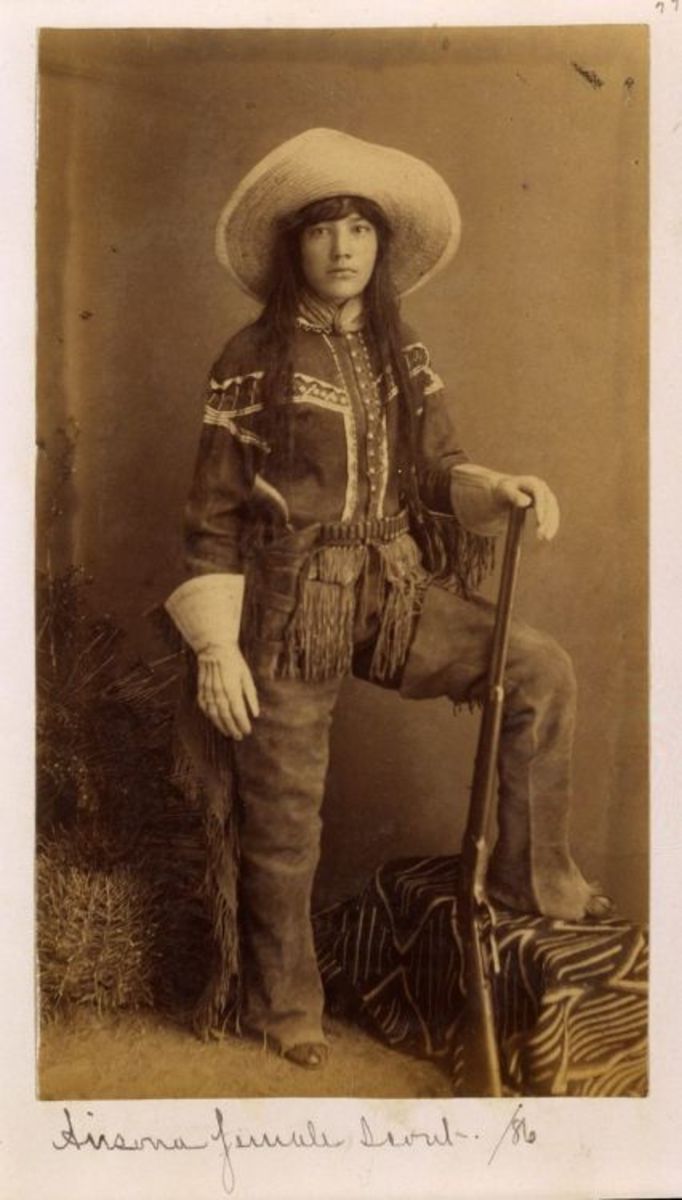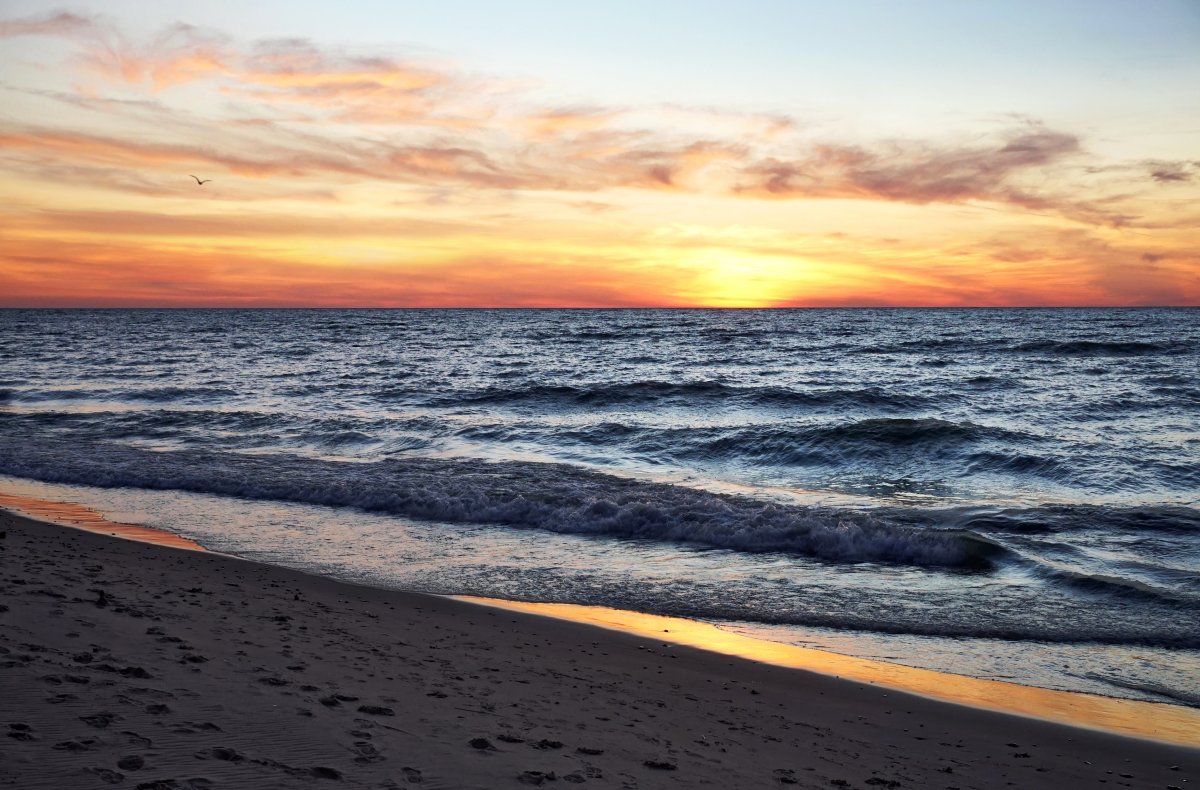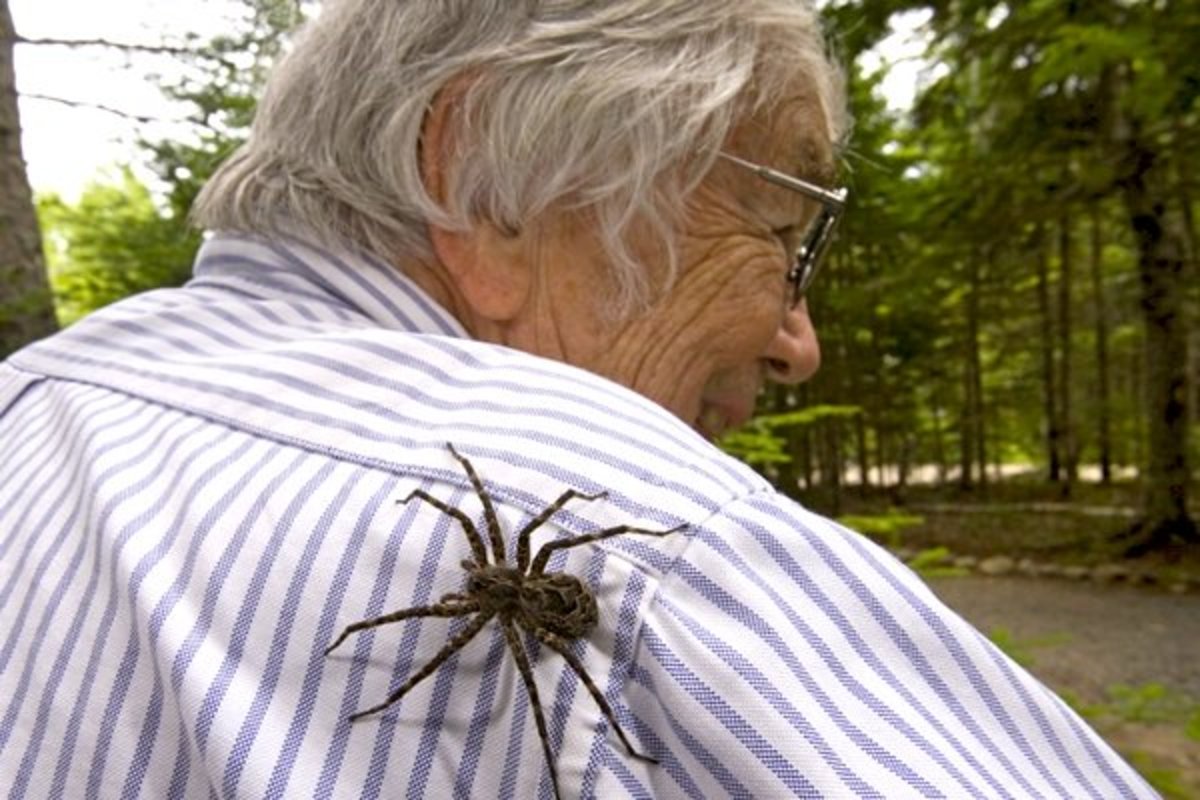Their Blood Soaked Into the Prairie
A few of the winners and loosers
Click thumbnail to view full-size








A glance at the fight to win (and loose) the American West
Their Blood Soaked into the Prairie
How marvellous it must have been to have been born in the beginning of the Nineteenth Century when the New World desperately needed people, or thought they did, and the United States, especially, welcomed immigrants from all over Europe and much of the rest of the world.
To land at New York and soon come to realize this new home didn't end at a border 100 miles away, like many of Europe's tiny nations, but stretched thousands of miles to the west, mostly uncharted territory, and yours - perhaps - for the taking.
That much of this vast expanse was already peopled by tribes of what Columbus erroneously caused to be called "Red Indians," was nothing but a minor irritant, and Europeans, scarred and twisted by hundreds of years of armed conflicts, thought these aboriginal people would accede to their needs or easily be brushed aside.
So around 1830, the huge drive to the West was begun by a trickle and then a flood of new settlers, seduced by the offer of free, or dirt cheap, land and easy credit for homes, food and equipment.
Before I continue with this short summary, the influence by the great American author and historian, Dee Brown, as well as partner and photographer, Martin Schmitt, must be addressed. Anything you read here Brown will have already written of in detail in many books, including the one I recently read, "The American West," (Simon and Schuster 1994). I am sure these books are as familiar to American hubbers and others as the sight of John Wayne chasing Red Cloud and other great Indian chiefs into the setting sun.
To me, this book was a revelation, as all I knew of the West - the migration of Whites and the demise of the "Red Man" - was gleaned from the graphically named "shitkickers" (Western films) usually portraying the Waynes and his ilk as untarnishable heroes and the Indians as some sort of homo Sapien scum needing to be regularly and fiercely culled or thrown back into the Res. (Reservation). or, conversely, and equally misleading, a handful of movies - like "Walk with Wolves" - glorifying the Indian into some sort of minor deity.
Unbelievably, he Winning of the West and the theft of all that the Indians held dear took only about 50 short years. Anyone who has travelled the thousands of miles from East to West in the USA, even in a car doing 70, plus, mph, must realize what an extraordinary feat this was.
Not only were the hundreds of Indian tribes understandibly opposed in the main to losing their land and homes, the settlers had to fight off predators, horrendous storms, drought and flood and the onerous journey itself over nothing more than tracks and ford huge rivers, some of which would make the British Thames look like a brook. Many were disappointed in their new choice or allotment; many more were left alone to eke out their grim future, as the spouse, injured, ill, snake-bit or just plumb wore out, headed back to civilization. For others, the conditions proved fatal in short order.
There was undoubted heroism by the settlers and the often rag-tag armies that defended them, but as you read Brown's account, it is the exceptional Indian chiefs who spent their whole lives fighting the injustices meted out to them by the land-grabbers, to whom the Indians were little better than a plague of locusts to be swept aside in the settler's (or worse, the gold miners) own interests.
And it is a source of wonder and shame to most modern Americans that the hundreds of treaties agreed upon with Whites and Indians were broken in short order, nearly all by the settlers pressing their agents, Eastern politicians and the army.
Desperately being driven from the hunting grounds into the mountain and river bottoms, the tribes tried to hang on to the last valley and hillside until they were boken and herded into reservations founded on the land least desirable for resettlement. The voices of some who did share the Indian's agony, fear and reproach, was soon overidden be the god, greed, as the settlers, miners and all the hangers-on continued to flood into the Mid-West and, eventually, the Pacific Coast States.
Fascinated, I gazed at the old portraits of some of the great Indian chiefs, immortalized in films and books like this and found in old archives buried all over the Western States and Washington offices.
One of the greatest of all according to many chroniclers, was the Sioux chief, Red Cloud. What fascinating lineage bred these implacable stone faces of these warriors; their ability to adapt from their simple and free lives to having to defend until death their lands against grasping land grabbers and the duplicity of their leaders?
Red Clound, indeed, fought well and ably and, used to only having to fight against old single shot weapons, could not be defeated until the advent of the Springfield repeater rifles which cut the Sioux and Cheyenne warriors to pieces.
Their names, familiar to us from a legion of Hollywood movies: Red Cloud, Cochise, Sitting Bull, Geronimo, Black Kettle, Dull Knife, Lone Wolf and White Bear, among many more, not forgetting Chief Joseph of the Nez Perces (Pierced Noses) perhaps the most statemanlike of all the great chiefs and one of the last to offer serious resistance to the White army, until, blooded and weary, he said, "I will fight no more!"
Interspersed with their names are those of the white men, the characters who lived among them: Buffalo Bill Cody, Wild Bill Hickok, the vainglorious and tragic Custer, Wyatt Earp, Doc. Holiday - apparently similar in real life to how Hollywood portrayed him, and Billy the Kid.
And the thousand of miles of mountains, valleys, trails, abandoned towns and army forts, stained with the blood of the Red Man and those who died trying to subdue him and rob him of his birthright; this huge and marvellous continent, up for grabs from anyone strong enough stay the course, or manipulative enough to have others do the fighting.
Never forgetting the American Bison - the Buffalo of legend, driven here and there, hunted by Indian and immigrant; once found in herds one million strong and reduced to a handful of sad-eyed survivors. (Thankfully they have been encouraged to make a small comeback today).
Fascinating, too, to read of the railroad builders who drove ever westward as the resistance lessened, allowing another group of protagonists of Hollywood films, the trail-blazers and drovers - the Chisholmes, Loving, Midnight and the rest - their trail bear their names today - who coralled the mighty Texas Longhorn cattle, driving them north to the yards in Kansas; the towns that grew to support them, Dodge City and Abilene; the gun stores, saloons, honky-tonks with the ladies of the night, the Calico Queens and Painted Cats - and each with its local undertaker ready to accommodate those lost along the way.
Perhaps taking a back seat until Hollywood made them into stars of the age, were the cowboys and rodeo performers of the burgeoning cattle business - the King Ranch alone eventually boasted 500,000 acres - the size of many countries!! Just try to imagine the extent of this mammoth enterprise. In the UK, 200 acres is a large farm!
Well, I could go on, dazed by this colorful, romantic and bloody recent history of which I knew so little - Chief Joseph went on in the Res. until the early 20th Century as did several of the white participants mentioned herein.
If you don't know much about this important part of US fact and folklore, and its cast of characters, both "red" and "white," not to mention the Mexican and African influence, please read something from the late Dee Brown, marvel at the old pictures from the lens of Martin Schmidt, or find other historians and dig in. Volumes of fact and fiction will stir the vanishing memories provided when shitkickers were in fashion and you will expand your knowledge of the cast of heroes and rogues, many, in the case of US residents, whom were your ancestors.

